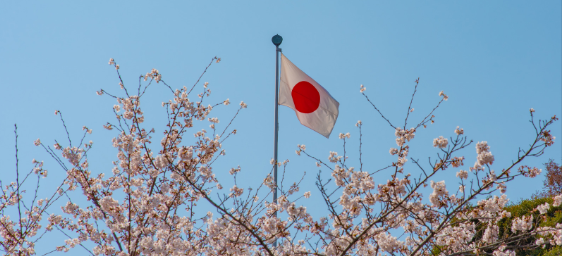
Regardless of the avenues the government takes to raise spending, the transition is likely to be slow
MNCs with a large footprint in Japan should evaluate how a substantial increase in corporate taxes would impact their businesses. Executives may gain insight into potential upcoming changes from the tax reform plan of 2023, which should be released before the end of this year. In the medium term, B2G and B2B firms should prepare for government leaders to reduce their budget allocation to areas such as infrastructure, as Tokyo begins to prioritize defense expenditures.
Overview
The Fumio Kishida administration has announced that it aims to increase annual defense spending to 2% of GDP by April 2027. Historically, Japan has capped defense expenditure at 1% of GDP or less since 1976. However, Japanese policymakers have turned more hawkish in the wake of the Russia-Ukraine war and growing threats from North Korea and China. As a result, the country’s leadership is looking to expand its defense and counterstrike capabilities, while also upgrading military equipment.
Our View
The massive expansion of defense spending under discussion would have a variety of effects on the Japanese economy. PM Kishida has already stated that he is reluctant to increase public debt to finance the additional spending and will instead look to increase tax revenue from 2024. The most likely avenue the government will explore to raise tax revenues is corporate taxes. This is because an increase in income or consumption taxes would contradict PM Kishida’s vision for “new capitalism,” where household spending is prioritized as the key driver for growth. Regardless of what avenue the government chooses, an increase in tax revenues alone will not cover the additional spending required to raise defense spending by the targeted amount. The government will also have to cut funding to other sectors of the economy and reallocate capital toward defense. As a result, public investments into infrastructure and funding for local projects are likely to be cut.
However, there is potential for delays and reversals in the plan laid out above. While most policymakers agree on the need to raise defense spending, there is dissent within the ruling LDP on what form the defense buildup should take and how it should be financed. The issue of tax increases is the most contentious, and PM Kishida, whose approval ratings are the lowest they’ve been since he took office, is not positioned to drive solidarity within the party. Therefore, the transition in government spending priorities and the expected increase in taxes are likely to be slower than planned.
At FrontierView, our mission is to help our clients grow and win in their most important markets. We are excited to share that FiscalNote, a leading technology provider of global policy and market intelligence has acquired FrontierView. We will continue to cover issues and topics driving growth in your business, while fully leveraging FiscalNote’s portfolio within the global risk, ESG, and geopolitical advisory product suite.
Subscribe to our weekly newsletter The Lens published by our Global Economics and Scenarios team which highlights high-impact developments and trends for business professionals. For full access to our offerings, start your free trial today and download our complimentary mobile app, available on iOS and Android.

